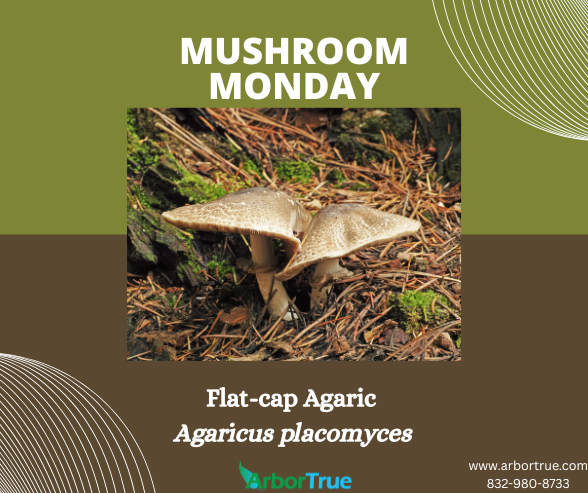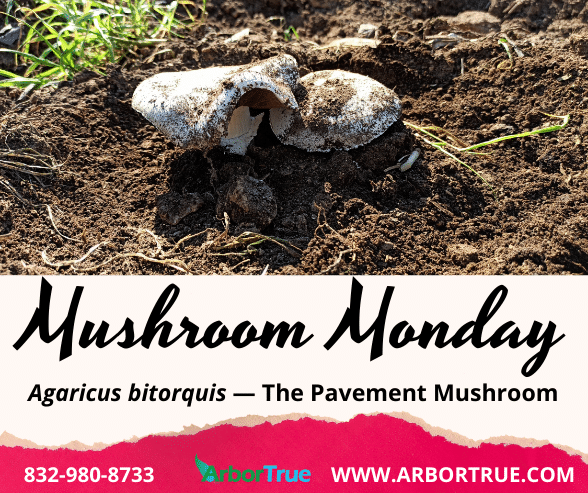
Is Your Tree Inactive or Dead?
November 10, 2023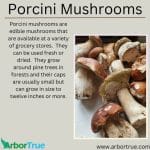
Mushroom Monday: Porcini Mushrooms
November 14, 2023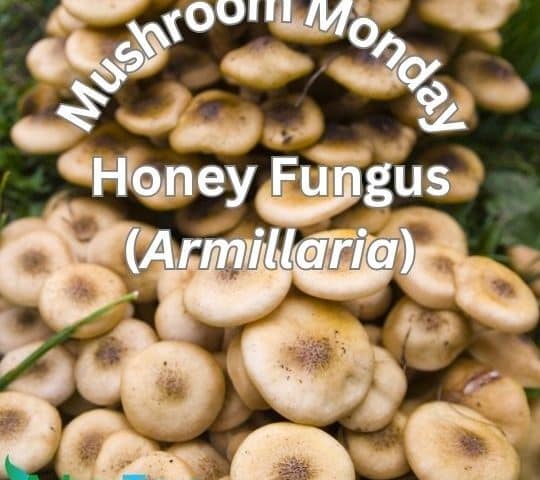
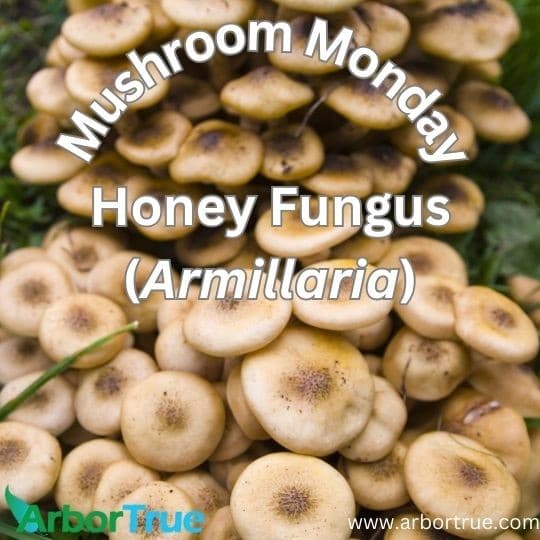
Mushroom Monday: Honey Fungus
If you’ve been following us on social media (and if you haven’t, you really should), you know about Mushroom Mondays! We like mushrooms, and so each Monday we have a post telling interesting facts about a mushroom we selected. These posts are fun and they help you learn something new.
We thought we would send out spores so to speak (that was mushroom humor) and expand the idea to our blog. So today we’re starting a new type of post where we tell you a little more about the week’s monday mushroom.
This week’s mushroom is Honey Fungus (Armillaria).
How to identify Honey Fungus
They look like a bouquet of perfectly toasted marshmallows. They are honey in color, and that’s where they get the name. They grow on hardwood like oak and not as much on softwood like pine. Some types have a ring (annulus) around the stem of the mushroom. Not many other mushrooms come up in a bouquet so that can help you identify them.
Our arborists are always on the lookout for interesting things, and one actually found some honey fungus. Here are some photos they took:
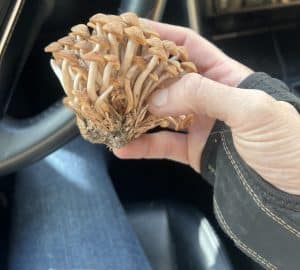
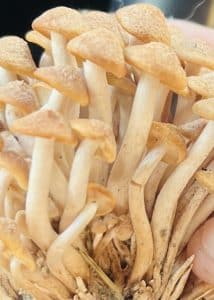

Are they beneficial to trees?
Beneficial is a little hard to define. Honey fungus starts out as something called a saprophyte. This means they decompose organic matter. This can be good for a forest because they decompose dead plant matter. Later on though, they switch to being a parasite. A parasite is an organism that completes its life-cycle on other organisms. In this way, they can harm living trees.
What should I do if I see honey fungus in my yard?
Well, first, don’t try to kick them or mow them or something else like that. That won’t get rid of them. The majority of the mushroom is actually underground. The part you see is just the fruiting body of it. It would sort of be like picking an apple from an apple tree and thinking the tree is gone. It doesn’t really work.
What you should do is take a photograph. The mushrooms you see don’t last that long. The fungus could be here today and no longer among us tomorrow (sorry, that was more mushroom humor, this is for Mushroom Monday after all).
When you have a photograph, you can show it to an arborist and this can help them identify what type of mushroom you have. Honey fungus might be hard to describe, and a photograph can help. Honey fungus can be treated if found at the right time and under the right conditions. So having a photograph to show what it looked like and contacting an arborist soon can help.

